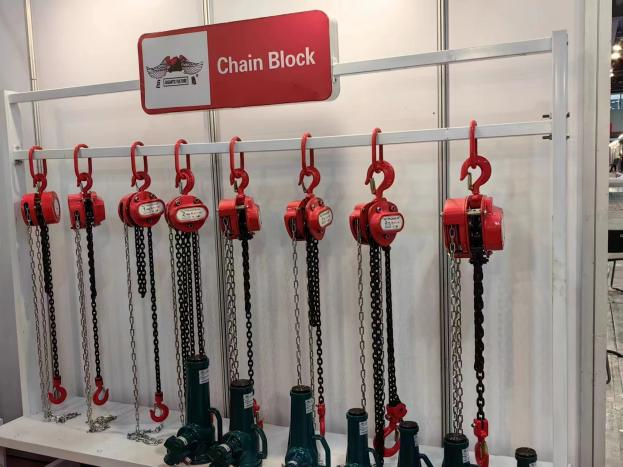


The Best Pallet Jack A Comprehensive Guide
When it comes to material handling in warehouses, manufacturing facilities, and retail environments, pallet jacks play a crucial role. These devices assist in the efficient movement of pallets loaded with goods, making them an indispensable tool in logistics and supply chain management. Selecting the best pallet jack for your needs can drastically improve productivity and reduce strain on workers. Here’s everything you need to know about choosing the best pallet jack.
What is a Pallet Jack?
A pallet jack, also known as a pallet truck or pallet lifter, is a tool used to lift and transport pallets. These vehicles can be manual or powered, with manual pallet jacks being the most common. They come equipped with two forks that slide under the pallet. By pumping the handle, the operator raises the pallet off the ground, allowing for easy movement. Powered pallet jacks, on the other hand, utilize electric motors to lift and maneuver the pallets, significantly reducing the manual labor involved.
Factors to Consider
1. Weight Capacity One of the first things to consider when purchasing a pallet jack is its weight capacity. Common manual pallet jacks have a capacity ranging from 2,000 to 5,000 pounds. It is essential to choose a pallet jack that can handle the maximum weight of your typical loads to avoid potential accidents and damage.
2. Fork Length and Width The size of the forks is another crucial consideration. Standard fork widths are usually around 27 inches, but they can vary. The length of the forks typically ranges from 48 inches to 60 inches. If your warehouse uses non-standard pallets, ensure that the dimensions of the pallet jack's forks are compatible.
3. Maneuverability A good pallet jack should be easy to maneuver, especially in tight spaces. Look for features like tapered forks, which make entering pallets easier, and swivel casters, which enhance maneuverability. The turning radius is also important, as a smaller radius allows for more agile movement around obstacles.
4. Build Quality The durability and construction quality of a pallet jack can impact its performance and longevity. Look for models made from high-grade steel or heavy-duty materials that can withstand the rigors of daily use. Also, consider the wheel material; polyurethane wheels tend to offer better traction and surface protection compared to rubber wheels.

5. Ergonomics Since pallet jacks are used frequently, ergonomics is an important factor. An ergonomic handle height and design will reduce strain on the operator's back and arms. Consider options with features like soft grips and low-effort hydraulic pumps to make lifting and maneuvering safer and easier.
6. Maintenance Regular maintenance is essential to prolong the life of your pallet jack. Choose models that are easy to service, with accessible components for lubrication and repairs. Checking the warranty and support from the manufacturer can also help you ensure a long-lasting investment.
Top Recommendations
1. Crown PTH 50 Series Known for its robust build and excellent maneuverability, this manual pallet jack supports up to 5,000 pounds and features ergonomic designs.
2. JET JH-PJ This option is ideal for those looking for value without sacrificing quality. It has a weight capacity of 5,500 pounds, making it perfect for heavy-duty use.
3. Wesco 270812 Known for its compact design, this manual pallet jack is perfect for narrow aisles and smaller spaces, with a weight limit of 4,500 pounds.
Conclusion
In summary, choosing the best pallet jack requires careful consideration of various factors including weight capacity, fork dimensions, maneuverability, build quality, ergonomics, and maintenance needs. Investing in a high-quality pallet jack can lead to significant improvements in efficiency and safety, ultimately contributing to a more productive workplace. Whether you opt for a manual or powered model, ensure it aligns with your operational needs to reap the best benefits in your material handling processes.



